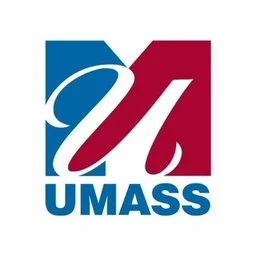NHS-FPX4000 Assessment 2, Healthcare Disparities Sample Approach Health Disparities Brief Problem Description
Place Your Order NowNHS-FPX4000 Assessment 2, Healthcare Disparities Sample Approach Health Disparities Brief Problem Description
NHS-FPX4000 Assessment 2, Healthcare Disparities Sample Approach
Health Disparities
Brief Problem Description
The World Health Organization defines health disparities as “systematic differences in the health status of different population groups” (WHO, 2018). Often, populations portray different factors regarding healthcare services accessibility, where fundamental considerations such as socio-cultural and economic considerations play a significant role in determining how they access quality healthcare.
The World Health Organization (WHO) recognizes social factors like education, employment status, gender, ethnicity, and income levels as essential determinants of how people access healthcare services. In this sense, socioeconomic disparities contribute to the unfairness and exclusion of the population in mainstream healthcare services.
Personal Experience and Interest in the Topic
My interest in the topic relies massively on my working experience with communities facing various socio-economic constraints. I have worked with community-based health organizations targeting to empower rural communities and promote health awareness. I have had opportunities to interact with people struggling with poverty, geographical isolation, low income, and low-level education. Undoubtedly, these disparities affect how people access quality care services. Therefore, I became interested in researching the topic to obtain insights into scientifically proven interventions to reduce inequalities.
Potential Interventions Include:
- Health promotion/advocacy programs
- Quadruple Aims for health equality
- Community improvement strategies
- Multi-disciplinary strategies
Identifying Peer-reviewed Journals
In this section, I leveraged my research knowledge to identify peer-reviewed scholarly publications that I believe should help me develop and support my proposed intervention plan. In addition to using resources that were accessible through the University library portal, I also conducted a search on external databases relevant to nursing, among them Google Scholar, Medline, and CINAHL.
For better search results, I implemented information outlined in the BSN Library Research Guide and learned vital information on how to aggregate and segregate the different internet resources. Once I was conversant with how to navigate through the library and database materials, I managed to refine and filter my search results to obtain only the appropriate scholarly resources.
Further, I used the University Library to access such credible databases as ProQuest and Ebscohost, which also provided some credible resources. By narrowing my search area nursing and health sciences, I was able to obtain only resources relevant to my nursing program.
Assessing Credibility and Relevance of Information Sources
While the University’s portal has specific features that make it easy to access quality scholarly materials on any topic, one must refine the search to obtain the most relevant, recent materials. One can obtain credible resources by simply inputting critical topic words in the University library portal. During my search, some of the keywords I used included health disparities, healthcare access, community health improvement plan, social determinants of health, among others. The search engines have functionalities that enables one to filter the keywords and to tick checkboxes for peer-reviewed and scholarly sources for more refined search results.
To further refine my search outcomes, I sorted the articles based on publication date, from the most recent to the oldest. Additionally, the search engines have a publication date tab that allows one to customize the search range by year of publication, thus making it easier to obtain recent articles. Given the dynamic health environment, only recent peer-reviewed articles with relevant, contemporary nursing and healthcare information must be used in developing an intervention plan. For this reason, I limited my search range to studies published within the last five years.
Peer Reviewed Academic Journals Annotated Bibliography
Garzón-Orjuela, N., Samacá-Samacá, D., Luque Angulo, S., Mendes Abdala, C., Reveiz, L., & Eslava-Schmalbach, J. (2020). An overview of reviews on strategies to reduce health inequalities. International Journal for Equity in Health, 19(1). https://doi.org/10.1186/s12939-020-01299-w
This scholarly ar
Order Now






